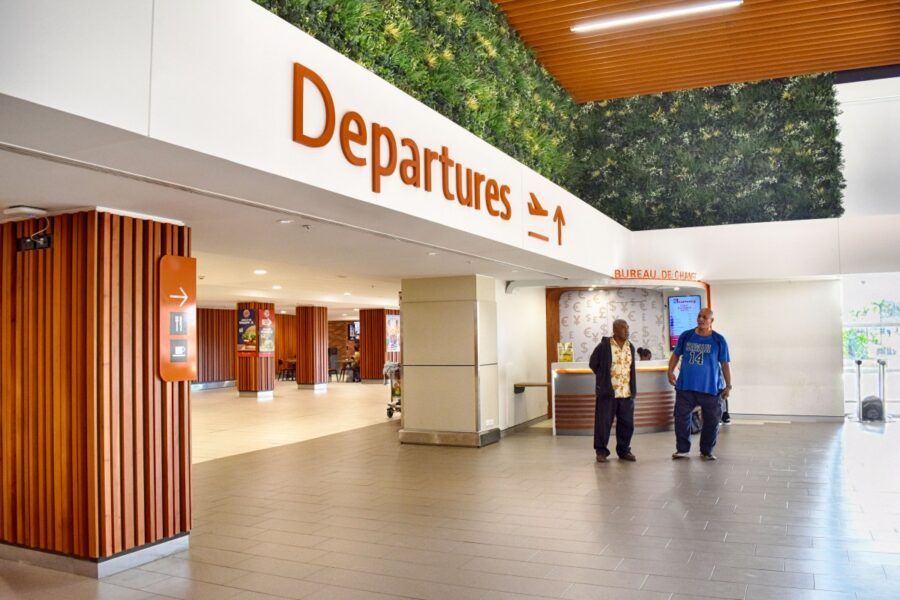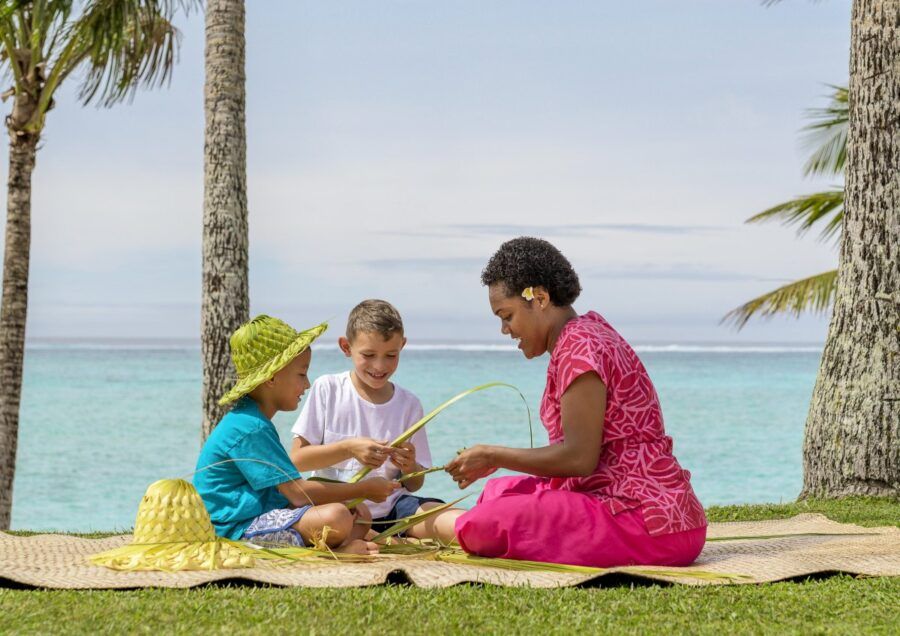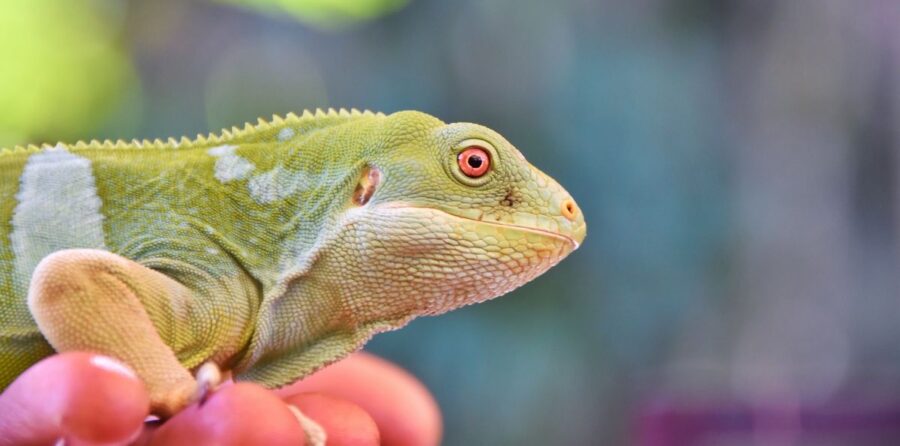What are the Regions of the Main Island and Other Island Groups of Fiji?
Planning a getaway to Fiji sounds simple enough until you realise there are 333 islands! Thankfully, the islands are split into various regions and island groups, each having its own charms and reasons to visit. In this guide to the Fiji regions, we go over each region or island group in brief to launch you into planning the trip of a lifetime.
Bonus: Scroll down to the end of the article to check out the administrative districts and provinces of Fiji; just because we like to be thorough here at Fiji Pocket Guide.
Table of Contents
The Regions and Island Groups in Fiji in Brief
Here’s a quick overview of Fiji’s regions if we have to describe them in one sentence…
- Viti Levu – Fiji’s largest and main island where you’ll arrive in Fiji, split into various regions:
Nadi – Home to the international airport.
Denarau – Hub of five-star resort and transport to the Mamanucas and Yasawas.
Coral Coast – Resorts line the sandy shores of Viti Levu’s south coast.
Pacific Harbour – Fiji’s adventure capital!
Suva – Fiji’s actual capital.
Suncoast – The serene northern coast of Viti Levu, home to the mainland’s best diving. - Mamanuca Islands – Postcard-perfect islands close to Nadi Airport.
- Yasawa Islands – A more remote scattering of islands with resorts.
- Lomaiviti Islands – Your island holiday alternative near Suva.
- Lau Islands – Fiji’s most remote island group, where very few tourists go.
- Vanua Levu – Fiji’s second-largest island with plenty of resorts and even more things to do.
- Taveuni – A nature lover’s paradise with the Rainbow Reef and a national park.
- Kadavu – The southernmost island group for the intrepid explorer
- Rotuma – A self-governing state of Fiji, approximately 550 km (342 mi) from the mainland.
Now, let’s go through all of these regions and island groups in detail.
 © Google Maps
© Google MapsViti Levu (The Main Island)
Viti Levu is Fiji’s largest island and most populated. Often referred to as the “mainland”, Viti Levu features several regions that travellers might want to explore. Each region presents its own charms, activities, and fabulous resorts. While the list below gives a quick overview, check out The Complete Travel Guide to Viti Levu for a more in-depth guide to the main island.
Nadi
The first region or area most travellers hear about when researching Fiji is Nadi. Pronounced “Nan-di”, Nadi is home to the country’s main international airport and is one of the largest cities on the islands. It’s home to several urban areas, a countryside stretching inland, and beaches, although not as idyllic as elsewhere in Fiji.
Learn more about Nadi in The Complete Guide to Nadi.
Denarau
About a 20-minute drive southwest of Nadi is a popular tourist hub, Denarau Island. This man-made island is connected to the mainland by a causeway. It presents a contrasting town experience to Nadi, with manicured lawns, a golf course, five-star resorts and a small town of eateries and shops by the marina known as Port Denarau. Denarau is where most of the boats, and even some helicopter flights, depart for the Mamanuca and the Yasawa Islands.
Learn more about Denarau in The Complete Guide to Denarau Island.
Coral Coast
Stretching along the southwestern coast of Viti Levu, the Coral Coast is where you can find the most idyllic beaches on the mainland. Much of its coast is lined with budget to five-star resorts, some with their own beaches. The main centre here is Sigatoka, while other landmarks include Fiji’s first national park, the Sigatoka Sand Dunes National Park, and the Sigatoka River. The latter is a popular route for boat tours into the rugged heart of Viti Levu.
Learn more about the Coral Coast in The Complete Guide to the Coral Coast.
Pacific Harbour and Beqa
Travel further west along the south coast of Viti Levu, and you will reach the Pacific Harbour & Beqa area. The Pacific Harbour is known as Fiji’s “Adventure Capital” thanks to an array of activities, from white water rafting to shark diving. The small town has beaches and looks out onto the coral reef of the Beqa Lagoon and its surrounding islands, some of which have their own resort offering.
Learn more about the Pacific Harbour & Beqa in The Complete Guide to Pacific Harbour & Beqa.
Suva
Suva is the administrative capital of Fiji and Fiji’s most populated city. It’s the main hub of the University of the South Pacific and features an array of parks and eateries to enjoy. Many cruises call to port in Suva, while boats and flights to outer islands like the Lomaivitis and the Lau Islands also depart from the neighbouring town of Nausori. Touristic features include the Colo-i-Suva Forest Park and the city’s historical sites.
Learn more about Suva in The Complete Guide to Suva.
The Suncoast
Finally, on Viti Levu, the Suncoast is the northern coast of the island, often referring to the area between Lautoka in the west and Korovou in the east. The Suncoast features many interesting towns, such as Lautoka, Ba and Rakiraki, while boasting a small but good selection of off-the-beaten-track resorts. There are also off-shore islands, the main of which is Nananu-i-Ra Island, offering budget cottages and windsurfing. The Suncoast arguably offers the best access to scuba diving from the mainland.
Learn more about the Suncoast in The Complete Guide to the Suncoast.
 © Google Maps
© Google MapsThe Mamanuca and Yasawa Islands
Two groups of islands pepper the seas off the western coast of Viti Levu. The Mamanuca Islands and the Yasawa Islands are the most popular island groups for tourists to holiday due to their proximity to Nadi International Airport and their picture-perfect islands. For more of an idea of how these islands compare as tourist destinations, check out The Best Islands to Visit in Fiji.
The Mamanuca Islands
The Mamanuca Islands are the closest islands to Nadi and Denarau, taking only around 20 minutes to reach by boat. The island group comprises 20-something islands, either uninhabited or harbouring an array of island resorts. There’s something for everyone, from the budgeting backpacker to families to couples seeking an adult-only retreat. Many day trips from Denarau explore these islands for those not staying here. The Mamanuca Islands are geologically classified as volcanic islands, with a mix of large islands with rugged hills, reefs, sand cays and flat sandy islands.
Learn more about the Mamanuca Islands in The Complete Guide to the Mamanuca Islands.
The Yasawa Islands
A larger and more scattered island group than the Mamancuas, the Yasawa Islands stretches north of Viti Levu yet is still accessible from Nadi and Denarau by ferry, taking 45 minutes to two hours, depending on which island you choose. The Yasawas has its own selection of resorts, including budget resorts and an exclusive selection of luxury resorts. Generally, the volcanic islands of the Yasawas are much larger than what you’ll find in the Mamanucas, so many of the resorts also share islands with villages, making the Fijian culture part of the Yasawas experience.
Learn more about the Yasawa Islands in The Complete Guide to the Yasawa Islands.
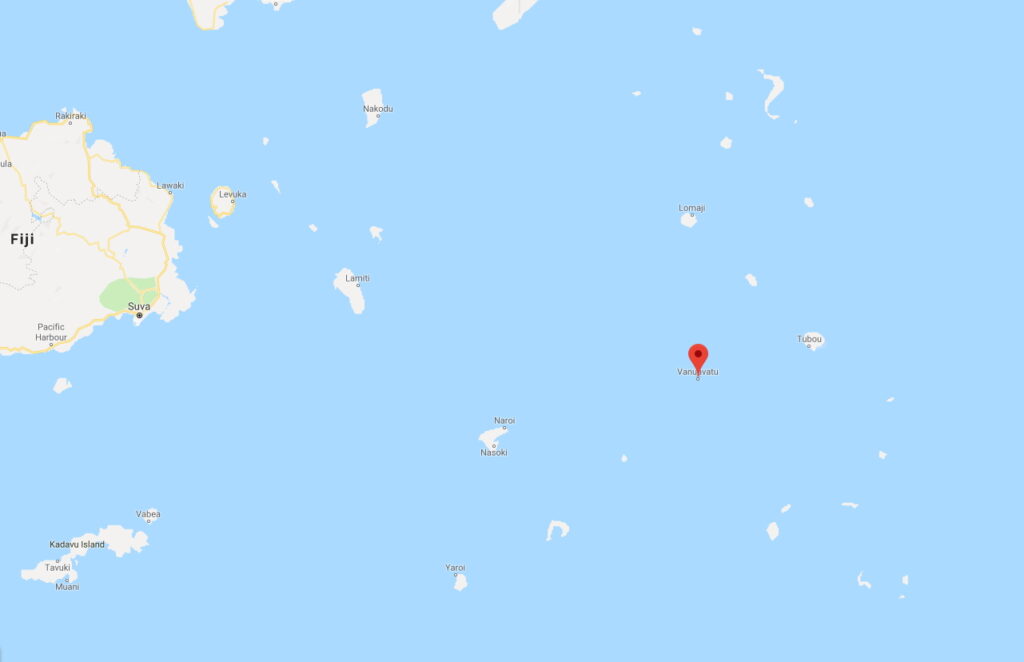 © Google Maps
© Google MapsThe Lomaiviti and Lau Islands
Off the eastern coast of Viti Levu is the small island group of the Lomaiviti Islands. Travel some 200-300 km (124-186 mi) east, and you’ll eventually find the remote region of the Lau Islands.
The Lomaiviti Islands
A group of tourist-friendly islands just off the coast of Suva, the Lomaiviti Islands present a mix of island resorts, villages and historic towns. Ovalau is the Lomaiviti Islands’ main island and was once home to the capital of Fiji, Levuka, before it was moved to Suva. The islands offer down-to-earth guesthouses, budget and mid-range resorts, and two luxury private islands.
Learn more about the Lomaiviti Islands in The Complete Guide to the Lomaiviti Islands.
The Lau Islands
Some 60 islands are sparsely scattered across the eastern waters of Fiji, some of which are closer to Tonga than Viti Levu. The Lau Islands are rarely explored by tourists, only by those who plan a guesthouse stay through the Lau Provincial Office or who fly by private charter to the one luxury private island resort that resides here.
Learn more about the Lau Islands in The Complete Guide to the Lau Islands.
 © Google Maps
© Google MapsVanua Levu and Taveuni
Fiji’s other large landmasses are Vanua Levu and Taveuni. Sitting in the northern region of Fiji, these islands present a quieter big island experience compared to Viti Levu. For more of an idea of how these islands compare as tourist destinations, check out The Best Islands to Visit in Fiji.
Vanua Levu
Fiji’s second-largest island is home to a selection of towns, villages and remote resorts. On land is a mix of forest reserves and plantations, ideal for island hikes to features like hidden waterfalls. At the same time, much of the surrounding ocean is protected marine reserves and coral reefs, making it one of the top Fiji destinations for scuba diving. The main centres on Vanua Levu are the more tourist-friendly Savusavu in the south and the commercial hub Labasa in the north.
Learn more about Vanua Levu in The Complete Guide to Vanua Levu.
Taveuni
Taveuni is Fiji’s third-largest island, located off the southwestern shore of Vanua Levu, separated by the Somosomo Strait. Taveuni is nicknamed the “Garden Island” after its lush rainforest, which is protected in the Bouma National Heritage Park. The surrounding waters feature pearl farms, as well as marine reserves and off-shore islands with plenty of resort options. It also provides the most convenient access to the Rainbow Reef, one of the top scuba diving destinations in Fiji.
Learn more about Taveuni in The Complete Guide to Taveuni.
 © Google Maps
© Google MapsKadavu
Finally, the island and surrounding islands of Kadavu are in the southern reaches of Fiji. Separated 150+ km (90+ mi) from Viti Levu across the Kadavu Passage, Kadavu is an island less travelled but doesn’t have less to offer. Those who travel by plane or cargo boat from Viti Levu will be treated to authentic villages, down-to-earth eco-friendly resorts, inland waterfalls and fantastic scuba diving along the Great Astrolabe Reef.
Learn more about Kadavu in The Complete Guide to Kadavu.
 © FijiPocketGuide.com
© FijiPocketGuide.comWhat are the Divisions and Provinces of Fiji?
Fiji is divided into 14 administrative provinces, which are grouped within four larger divisions. Here’s a list of all the provinces, along with their corresponding locations:
Central Division
- Naitasiri – Located inland on Viti Levu, surrounding Suva and extending into the island’s central highlands.
- Namosi – A small province located just west of Suva, known for its rugged, mountainous terrain.
- Rewa – Encompasses the area around Suva and extends eastward along the coast of Viti Levu.
- Serua – Found just to the west of Namosi, along the southern coast of Viti Levu.
- Tailevu – Stretches from the eastern outskirts of Suva northward along the eastern coast of Viti Levu.
Eastern Division
- Kadavu – Comprises Kadavu Island, located south of Viti Levu.
- Lau – Consists of the Lau Archipelago, located to the far east of Fiji.
- Lomaiviti – Includes the Lomaiviti Archipelago, situated centrally between Viti Levu and Lau.
- Rotuma – An isolated island north of the main Fiji group, with a unique culture and administrative status.
Northern Division
- Bua – Located on the western part of Vanua Levu.
- Cakaudrove – Covers the eastern and northern parts of Vanua Levu, including the Taveuni Island.
- Macuata – Encompasses the northern coast of Vanua Levu.
Western Division
- Ba – Spans the north-western and central areas of Viti Levu.
- Nadroga-Navosa – Covers the southwestern part of Viti Levu, known for its tourist attractions like the Coral Coast.
- Ra – Located on the northern coast of Viti Levu, west of Tailevu.
Each province in Fiji has its unique characteristics and cultural significance, contributing to the diverse fabric of the nation.
More About the Fiji Regions
That’s it for our guide to the Fiji regions; for more information about Fiji’s diverse landscapes and island groups, check out the following articles:
- The Best Islands to Visit in Fiji
- Visiting Fiji: Main Island Vs. Outer Islands
- Where to Stay in Fiji: A Guide to Destinations & Accommodations
Finally, if there’s anything we’ve missed, you’re likely to find it in The Complete Travel Guide to Fiji.
Sources:
The information in this guide has been compiled from our extensive research, travel and experiences across Fiji and the South Pacific, accumulated over more than a decade of numerous visits to each destination. Additional sources for this guide include the following:
- Tourism Fiji (General travel advice - Updated [2025])
- Fiji Immigration (Visa and immigration advice - Updated [2025])
- Fiji Revenue & Customs Service (Customs and visitor taxes - Updated [2025])
- Biosecurity Authority of Fiji (Biosecurity advice - Updated [2025])
- Fiji Meteorological Service (Weather forecast and warnings - Updated [2025])
- Fiji Bureau of Statistics (Statistics and travel data - Updated [2025])
- Ministry of Tourism and Civil Aviation (Tourism statistics - Updated [2025])
- Land Transport Authority (Road safety advice - Updated [2025])
- Safe Travel (New Zealand travel advisory for Fiji - Updated [2025])
- Smart Traveller (Australia travel advisory for Fiji - Updated [2025])
- Travel.State.Gov (U.S. travel advisory for Fiji - Updated [2025])
- SPTO (Pacific tourism advice - Updated [2025])
- Fiji Hotel and Tourism Association (Tourism trade association - Updated [2025])
Our editorial standards: At Fiji Pocket Guide, we uphold strict editorial standards to ensure accurate and quality content.

About The Author
Robin (Ruveni) C.
This article was reviewed and published by Robin, the co-founder of Fiji Pocket Guide. He has lived, worked and travelled across 16 different countries before settling in the South Pacific, so he knows a thing or two about planning the perfect trip in this corner of the world. Robin is also the co-founder of several other South Pacific travel guides and is a regular host of webinars with the South Pacific Tourism Organisation.

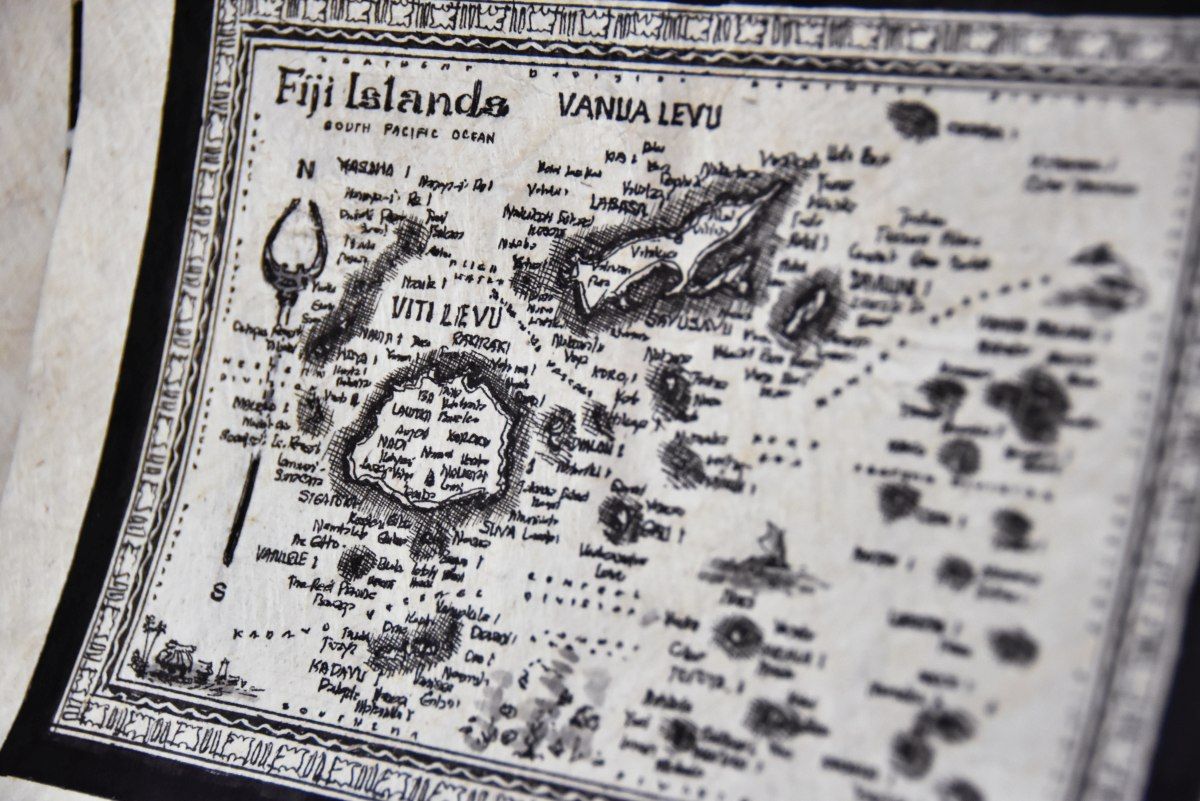


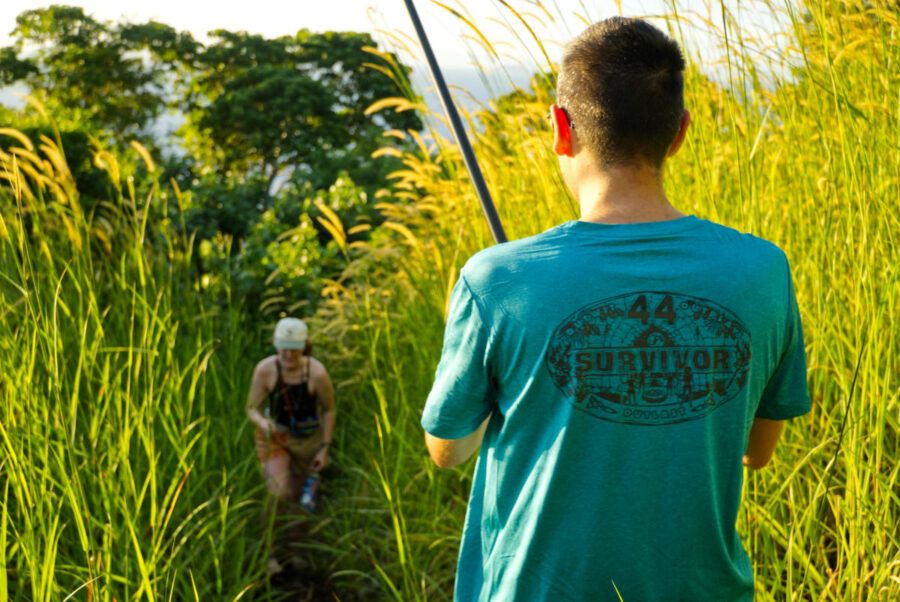
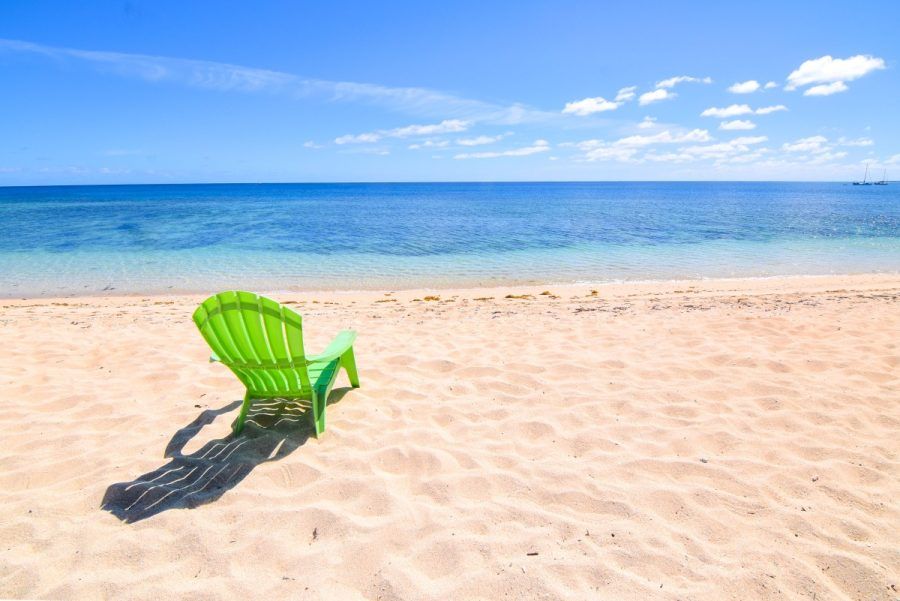
![The Complete Travel Guide to Fiji on a Budget 🤑 [2025]](https://fijipocketguide.com/wp-content/uploads/2022/01/Kioa-Snorkel-Aerial-3-CREDIT-Fiji-Pocket-Guide--900x675.jpg)
![Fiji Travel Tips: 35 Tips for Travelling in Fiji 🏝️ [2025]](https://fijipocketguide.com/wp-content/uploads/2024/02/Beach-Landscape-Kayak-Kadavu-CREDIT-Fiji-Pocket-Guide--900x675.jpg)

